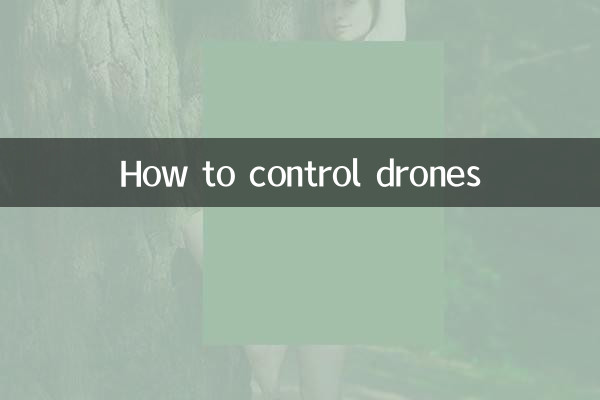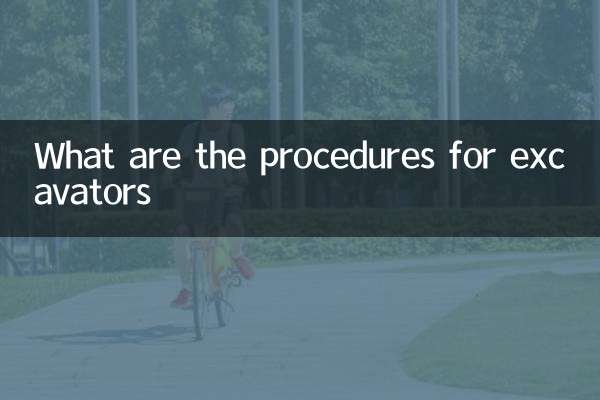How to control drones
As an important product of modern technology, drones have been widely used in military, aerial photography, agriculture, logistics and other fields. Its core control technology involves the collaborative work of multiple systems. This article will analyze it from three aspects: control principles, key components and technical trends, and combines popular topics in the past 10 days to help readers fully understand the control mechanism of drones.
1. The core principle of drone control

The flight control of drones mainly relies on the following three systems:
| System Name | Function description | Technology proportion |
|---|---|---|
| Flight control system | Adjust flight attitude in real time through sensor data | 35% |
| Communication system | Receive commands and return data (such as WiFi/4G/5G) | 25% |
| Power system | Provide lift and propulsion (battery/fuel drive) | 40% |
2. Recent popular technology trends (next 10 days)
In combination with the hot topics across the network, the most popular technological breakthroughs in the field of drones recently include:
| date | Hot events | Related Technology |
|---|---|---|
| 2023-11-05 | DJI releases a new generation of AI obstacle avoidance system | Computer Vision |
| 2023-11-08 | Amazon is approved to test remote logistics drones | 5G over-horizontal control |
| 2023-11-12 | MIT demonstrates the experiment of brain-computer interface control drone | Biosensing technology |
3. Detailed explanation of the control method classification
Technical comparison of current mainstream control methods:
| Control Type | Operation distance | Applicable scenarios | Representative model |
|---|---|---|---|
| Manual remote control | 0.5-8km | Consumer-grade aerial photography | DJI Mavic 3 |
| GPS Navigation | Globally | Agricultural plant protection | Difei P100 |
| Independent AI flight | Depend on the sensor | Surveying and mapping inspection | Skydio X10 |
4. Future technological development trends
According to the industry white paper, drone control technology will show the following development directions in 2024:
| Technical field | R&D investment growth rate | Commercialization time |
|---|---|---|
| Quantum communication control | 180% | 2026-2028 |
| Group Collaborative Algorithm | 95% | 2024-2025 |
| Hydrogen energy power | 120% | 2025-2027 |
5. Key points of safety control
Drone loss of control is a hot topic of social concern recently (there were many "black flights" incidents in early November triggering discussions), and safety control needs to be paid attention to:
| Risk Type | Probability | Protective measures |
|---|---|---|
| Signal interference | 32.7% | Dual-band redundancy design |
| Battery failure | 41.5% | Smart power warning |
| GPS spoofing | 8.9% | Multi-source positioning fusion |
In summary, the control technology of drones is developing towards intelligence, remoteness and clustering. With the maturity of new technologies such as 6G communications and edge computing, drones will play a greater role in urban air traffic, emergency disaster relief and other fields in the future. It is recommended that users strictly abide by local regulations during operation to ensure flight safety.

check the details

check the details